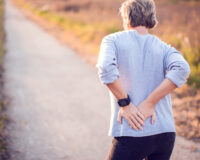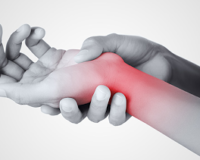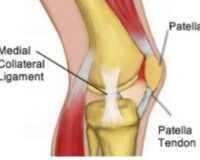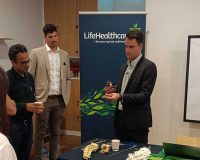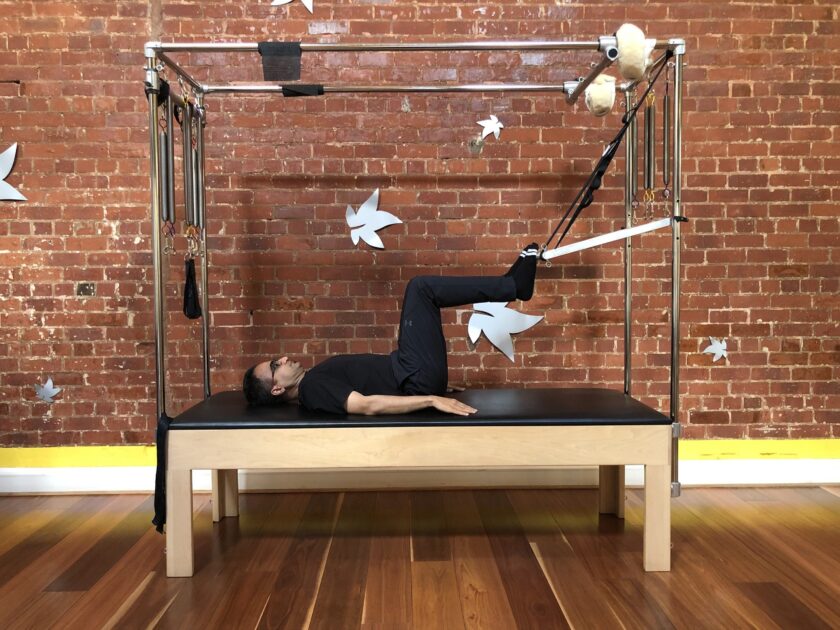
Clinical Pilates For Performance, Injury Prevention & Long-Term Recovery
What springs to mind when you hear the term Clinical Pilates?
If you are familiar with pilates – have attended mat, reformer or HIIT Pilates classes in the Adelaide CBD, you might be thinking; “isn’t that the one injured people do?”.
If Clinical Pilates means rehab to you, you are technically correct. However, this is a limited definition and we hope this article can expand upon that and most importantly the water and hopefully get you thinking about how well you know your body.
If you have read our blog Pilates and Arthritis, you will understand what Pilates is and what Clinical Pilates is within this context. To get you up to speed:
Pilates is an exercise method using specialised equipment or simply on a mat performed around the fundamental principles of breath, core and postural muscle control, alignment, weight bearing of the extremities and movement integration. Clinical Pilates is when this exercise method is utilised to tailor a program based on the goals, capabilities and movement restrictions of that individual. The program is then supervised by a physio with appropriate modifications and progressions provided.
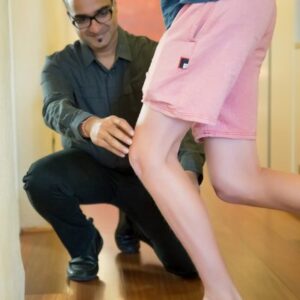
Traditionally rehabilitation programs have been approached as a two step process:
Phase 1: Heal the body / stop the pain. [one step forward]
Phase 2: Injury prevention / avoiding injuring the same spot. [Avoid one step back]
Instead, what if the steps of rehab were:
Phase 1: Heal the body / stop the pain. [one step forward]
Phase 2: Build fitness / body awareness. [Another step forward]
Phase 3: Improve performance / improve movement patterns. [RUN forward! THE SKY IS THE LIMIT]
With this approach, clinical pilates can be picked up at any phase!
So who is an appropriate candidate for Clinical Pilates?
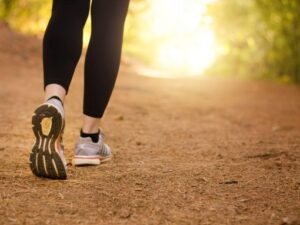
Let’s consider 3 examples:
1. 40yo runner Nicole has developed left knee pain innocuously and is planning to run a half marathon in 4-months time.
In this scenario, we would start the rehab from Phase 1: Healing the body.
To heal the knee, we need to:
- reduce impact – pounding the pavement
- reduce compression – load of the body
- promote blood flow and nutrient supply to the joint – keeping it moving!
Phase 1: We recommend that Nicole significantly reduces her running load and design a pilates program to strengthen muscle imbalances in the body and support active alignment – i.e. strengthening the postural muscles of the body. This is the foundation phase.
Phase 2: Incrementally increase the running distance while progressing the Pilates program to target the key muscles of running and knee stability – calves, hamstrings, quads, glutes, hip flexors, core.
Phase 3: Running at full pre-injury training load. Advanced core endurance, control and strength, improved endurance of ankles, knees and hips, and stabilising prime moving muscles. Exercises will be functionally designed i.e. to replicate a running phase.
Some equipment-specific exercises that we might prescribe in such a case are:
- Multichair: Seated leg press, hamstring stretch
- Trapeze: Hip opening, Foot strap work (leg press, cycling, hamstring arcs breaststroke etc).
- Reformer: Scooter, Side-lying foot strap (hip opening), Bridge
2. 35yo Dad, Ben has noticed that his back feels stiff and sore after playing with his kids – 5 and 7. His goal is to be able to play for an hour in the backyard without developing any soreness by the summer holidays 1 month away.
We would start Ben off at Phase 2: Build fitness / body awareness.
His program will need to;
- a) build awareness of his individual vertebral movements and how the pelvic, shoulder blades and position of the limbs impacts loading at the back.
- b) improve flexibility of the spine, chest and hips (hamstrings, glutes, hip flexors).
- c) strengthen the muscles that support the back
Phase 2: The program will progressively incorporate full body movements (coordination), balance exercises and core strengthening. A home program primarily focusing on flexibility will compliment his progress in and out of the studio.
Phase 3: As the kids get older, bigger and MORE physically active Ben’s program can be adapted to be stronger and more dynamic e.g. the kids need to practice for a dance concert – “Hey Dad! Why don’t YOU learn the moves too?!”
- Multichair: Prone back extension, Step-ups
- Trapeze: Standing roll down, Assisted roll-up
- Reformer: Bridging, Reverse abdominal series.
3. 24yo soccer player, Tim with the goal of being a regular selection in the first team – season starting in 3 months.
We jump straight to Phase 3: Improve performance / improve movement patterns
To begin, we will assess Tim’s movement patterns to identify the areas that can be improved. We will also ask Tim to specifically identify the areas of his performance on the pitch that are letting him down e.g. timing and power in kicking. By putting 2 and 2 together we will know what physical deficits are creating this weakness in kicking and design a program to address these!
Phase 3: From strong foundations and emerging body awareness (after rapidly moving through Stage 2), Tim’s high intensity program will focus on improving core and limb strengthening, balance, coordination and full body integration while replicating elements of various kicking actions in a soccer game. This will transfer into greater power generation through the leg to the ball and greater timing of the ball to hit the target accurately, harnessing all the power of the leg.
- Multichair: Pikes (wtih rotation), Jackrabbit
- Trapeze: Mountain climber series, Pelvic lift/chest lift
- Reformer: Running man, Arabesque
We have found through our years of working with people in our Clinical Pilates studio in the Adelaide CBD that most people benefit from this approach as it provides support for healing/reducing pain, recovering from an injury, and most importantly correcting the movement patterns that contributed to the injury.
These are just a few examples of how clinical Pilates can be applied to not only recover from injury but achieve your fitness goals and THRIVE in life, but the possibilities are endless!
If you have a fitness goal, consider getting in touch. We love to chat about movement and fitness and can discuss your options to heal, get strong and thrive!
Book Appointment
